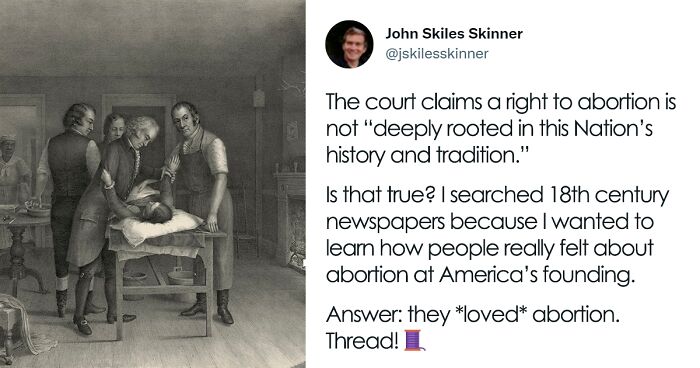
Supreme Court States That Abortion Is Not Rooted In The American Nation’s History, This Software Engineer Proves The Statement Is Not True
A few days ago, the U.S. Supreme Court ruled in Dobbs v. Jackson Women’s Health Organization, deciding that the US Constitution does not provide for the right to abortion, and the states have the right to regulate this area on their own. At the same time, the effect of the decision of the long-standing case Roe v. Wade has been cancelled.
This decision has become one of the most discussed in the history of American legal proceedings, and now social networks are literally inflamed with fierce discussions between those in favor of the right to abortion and their opponents. At the same time, some participants in the dispute are more interested in the formal side of the Supreme Court’s verdict.
For example, John Skinner, a software engineer from Texas, was intrigued by the Supreme Court’s claim that abortion is not “deeply rooted in the history and traditions of this Nation.” Skinner went to archives and did a lot of research on whether Americans in the 18th century used the word “abortion” itself, and if so, in what sense. The Twitter thread in which Skinner presented the results of his research went viral, garnering nearly 200K likes in total.
More info: Twitter
Texas software engineer decided to check whether the Supreme Court was right in its wording
Image credits: Janine (not the actual photo)
So, the Original Poster originally suggested that Americans in the 18th century didn’t talk about abortion at all. It turned out he was very wrong. They talked, and a lot! Moreover, the term itself was used in two meanings: directly practical, as well as metaphorical.
Image credits: jskilesskinner
Image credits: jskilesskinner
The Original Poster found a lot of mentions of the term in the various documents dated in the 18th century
By practical significance, Skinner is referring to the termination of unwanted pregnancies. For example, in 1752, a man had “too familiar conversations” with a milkmaid, as a result of which she became pregnant. Wanting to keep everything a secret from his wife and not trusting the midwife, the man turned to local healers, and they gave him some “herbs.”
Image credits: jskilesskinner
Image credits: jskilesskinner
Image credits: jskilesskinner
Unfortunately, Skinner writes, the “herbs” turned out to be arsenic, and the unfortunate woman died. As a result, both the hapless lover and his acquaintances, the “alchemists,” went on trial. At the same time, they were punished for the fact of poisoning, and not for the abortion itself, which only indicates that abortions were a fairly common and completely legal thing.
Image credits: jskilesskinner
Image credits: jskilesskinner
Americans also used the term in its metaphoric meaning, for example, to criticize their opponents
At the same time, as Skinner notes, the use of the term “abortion” in a metaphorical sense also confirms the simple fact that people perceived it as something ordinary. For example, a quote from a 1774 political critique: “unless our ministry are such skillful midwives as to procure an abortion, we shall be surprised with something monstrous.”
Image credits: jskilesskinner
Image credits: jskilesskinner
In other words, the OP claims, we can find out that abortions were a skilled work performed by midwife, intentional, seen as something good, and in addition – a kind of protection from “monstrous births.” This latter, in turn, is a consequence of the medieval Christian belief that some babies are hell-sent monsters whose birth must be prevented.
Image credits: jskilesskinner
Image credits: jskilesskinner
Image credits: jskilesskinner
Image credits: jskilesskinner
The OP also found a poem which the author compared the American Revolution to abortion, and its enemies to the very “monstrous births”
In addition, Skinner found mentions of abortion as a symbol of freedom in the work of the poetess known as Philo-Sappho. Some historians believe that a woman named Anna Dix from Massachusetts was hiding under the pseudonym. In the poem quoted by Skinner, the American Revolution itself is compared to abortion, and its enemies to those very monstrous births.
Image credits: Jake&Brady (not the actual photo)
Image credits: jskilesskinner
Moreover, during the Revolution, Anna actively helped the rebels, and the tavern which she run often served as their base for various operations. And back in 1792, Anna Dix became the first female litigant before the US Supreme Court. That year, and also six years later, Anna stood up for her right to run a business on her own.
Image credits: jskilesskinner
Image credits: jskilesskinner
Image credits: jskilesskinner
Image credits: jskilesskinner
So the OP found out that the right to abortion goes back long before the Roe v. Wade case
Thus, Skinner states, the right to abortion is nothing new in the US, and goes back long before the 1973 decision in the Roe v. Wade case. At the same time, as the OP admits, he is by no means a professional historian, but simply an interested amateur who decided to find out how right the Supreme Court was in its wording. As it turns out, it was wrong.
Image credits: jskilesskinner
Image credits: jskilesskinner
Image credits: jskilesskinner
Image credits: jskilesskinner
Image credits: jskilesskinner
Image credits: jskilesskinner
The OP’s main goal was just to verify or disprove the very Supreme Court’s dogmatic wording
Of course, John adds, we should not be guided by exactly what 18th-century people said about abortions. Many of those people were complete idiots who owned slaves and died from unnecessary bloodletting, admits the OP. The bottom line is that abortion was common enough for the time, so the Supreme Court’s claim is totally wrong.
Image credits: jskilesskinner
Image credits: jskilesskinner
Image credits: jskilesskinner
Image credits: jskilesskinner
Image credits: jskilesskinner
Image credits: jskilesskinner
The Twitter thread created by John Skinner has become incredibly popular and sparked a new round of discussion, so we are sure that you too have something to say in the comments on this post.
54Kviews
Share on FacebookIt doesn't matter. For all their posturing and debates about it politically and legally, it will never be about that for people who view it as a moral issue. It's about their fetishizing of babies. They believe life begins at conception and that's perfectly fine. As a pro-choice person, I actually do, too. But I believe much like animals and people who are suffering, sometimes that life should end. I also believe in the death penalty in some cases. A fetus feels no pain and the mother should not have to die or be forced to carry for any reason. Stop creating this fantasy in your mind of what a horror an abortion is because it's not. Those pictures they hold up are usually of back-alley abortions, which is what happens when they aren't done safely with a doctor. And I flat out refuse to listen to a single law, addendum or amendment regarding abortion if it STILL does not address the man in the equation who never has a single repercussion placed upon him for his part of the situation. Abortion is a medical procedure that should be no one's business but a person and their doctor.
Even when someone doesn't agree with me I feel like I can look at their point of view. I get downvotes here for saying 'to play devil's advocate'... but this is just one time I can't do that. I was talking to someone yesterday about how she is all for stand your ground laws and she owns multiple guns yet is staunchly pro-life. So I said, 'why is killing someone who comes on to your property okay but not abortion?' and she said, "because the person on my property is possibly threatening my life." So I was like, "but you don't believe in abortion in the case of the mother's life being at stake?" and her response was because then it 'God's will'. But who are you to decide God's will? Why isn't your life ending when someone robs you God's will, too. And imagine the hubris! The argument can never stay in a logical place. It always devolves to religion that shouldn't be forced upon me the same way my religious beliefs shouldn't be forced on you. Which is why any religious argument should be kept off our laws.
Load More Replies...It's almost like those who want to overturn rights are uninterested in facts and would quote as truth something they don't bother to check first - I notice this is a common thing..
It’s very much a “well this is my opinion so it must be correct!” kind of thing :/ they can’t even back it up with science but still think it has just as much value as expert opinions and scientific findings.
Load More Replies...It doesn't matter. For all their posturing and debates about it politically and legally, it will never be about that for people who view it as a moral issue. It's about their fetishizing of babies. They believe life begins at conception and that's perfectly fine. As a pro-choice person, I actually do, too. But I believe much like animals and people who are suffering, sometimes that life should end. I also believe in the death penalty in some cases. A fetus feels no pain and the mother should not have to die or be forced to carry for any reason. Stop creating this fantasy in your mind of what a horror an abortion is because it's not. Those pictures they hold up are usually of back-alley abortions, which is what happens when they aren't done safely with a doctor. And I flat out refuse to listen to a single law, addendum or amendment regarding abortion if it STILL does not address the man in the equation who never has a single repercussion placed upon him for his part of the situation. Abortion is a medical procedure that should be no one's business but a person and their doctor.
Even when someone doesn't agree with me I feel like I can look at their point of view. I get downvotes here for saying 'to play devil's advocate'... but this is just one time I can't do that. I was talking to someone yesterday about how she is all for stand your ground laws and she owns multiple guns yet is staunchly pro-life. So I said, 'why is killing someone who comes on to your property okay but not abortion?' and she said, "because the person on my property is possibly threatening my life." So I was like, "but you don't believe in abortion in the case of the mother's life being at stake?" and her response was because then it 'God's will'. But who are you to decide God's will? Why isn't your life ending when someone robs you God's will, too. And imagine the hubris! The argument can never stay in a logical place. It always devolves to religion that shouldn't be forced upon me the same way my religious beliefs shouldn't be forced on you. Which is why any religious argument should be kept off our laws.
Load More Replies...It's almost like those who want to overturn rights are uninterested in facts and would quote as truth something they don't bother to check first - I notice this is a common thing..
It’s very much a “well this is my opinion so it must be correct!” kind of thing :/ they can’t even back it up with science but still think it has just as much value as expert opinions and scientific findings.
Load More Replies...
 Dark Mode
Dark Mode 

 No fees, cancel anytime
No fees, cancel anytime 







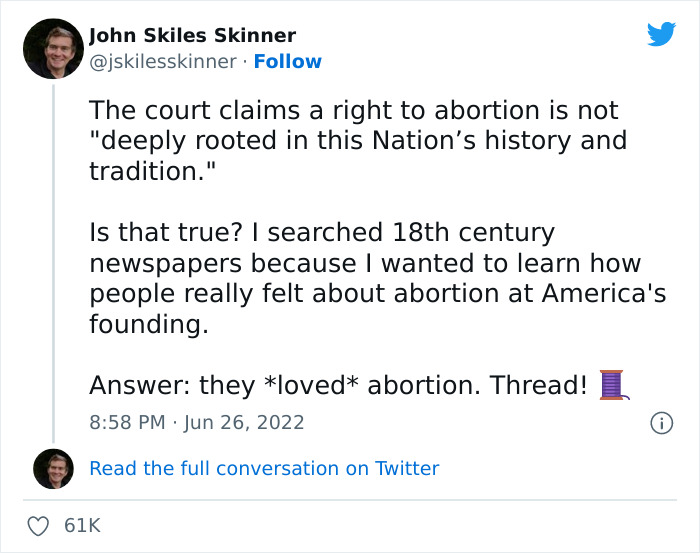
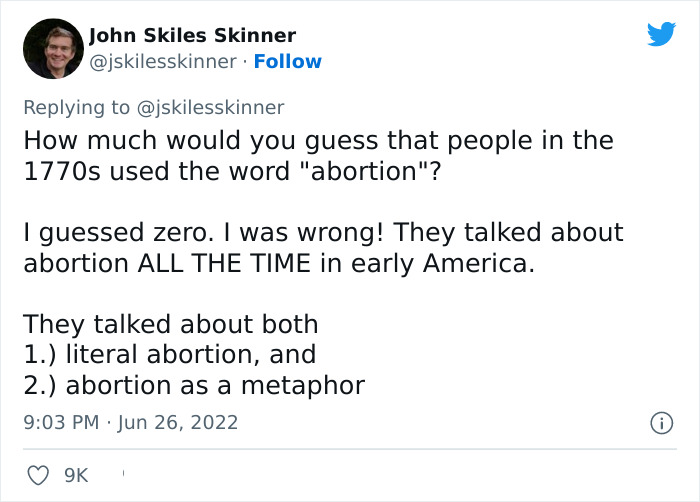
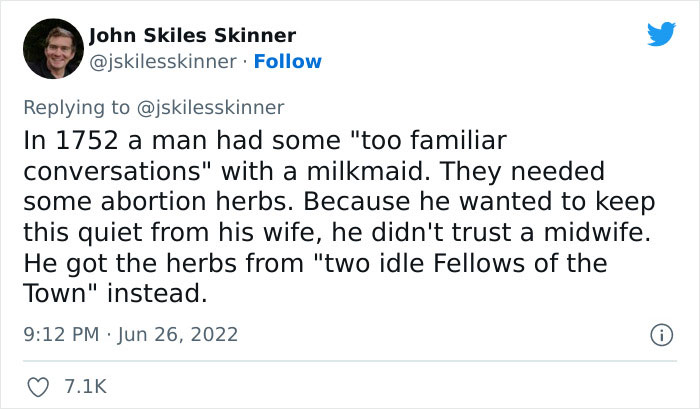
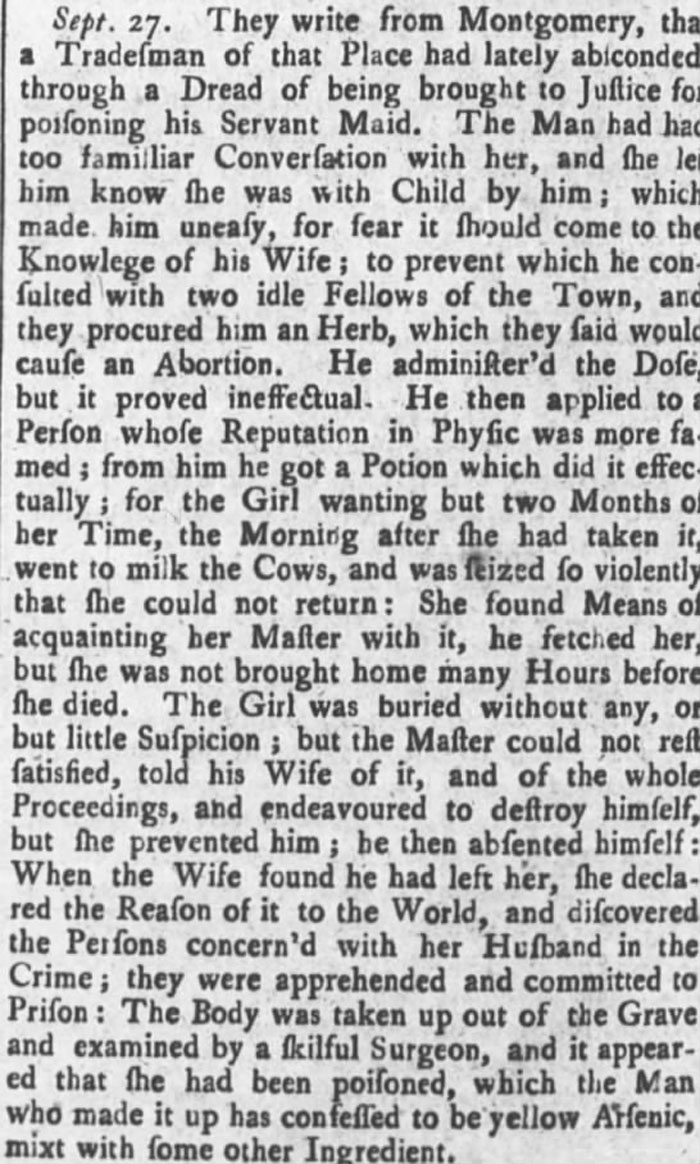
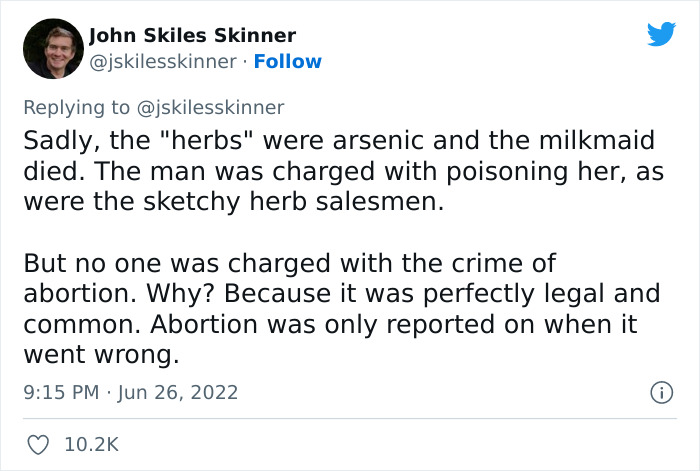
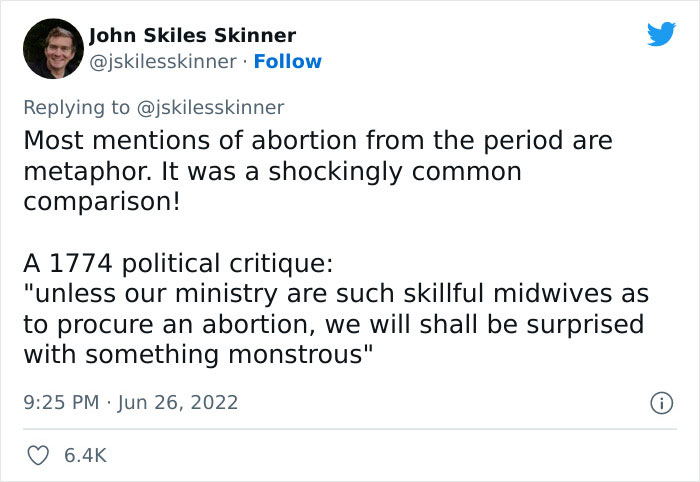
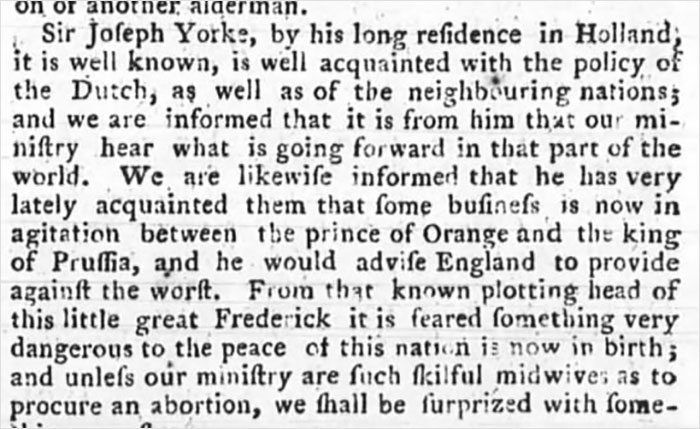
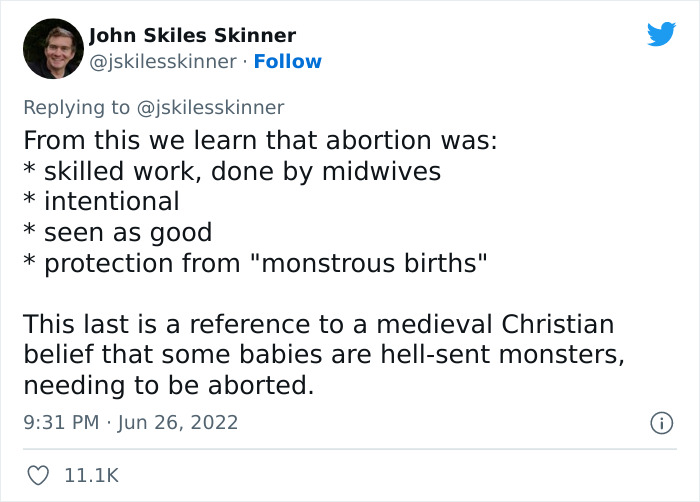
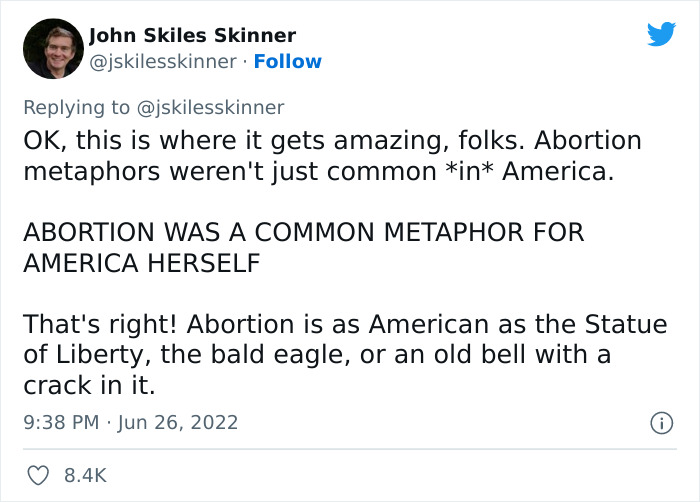
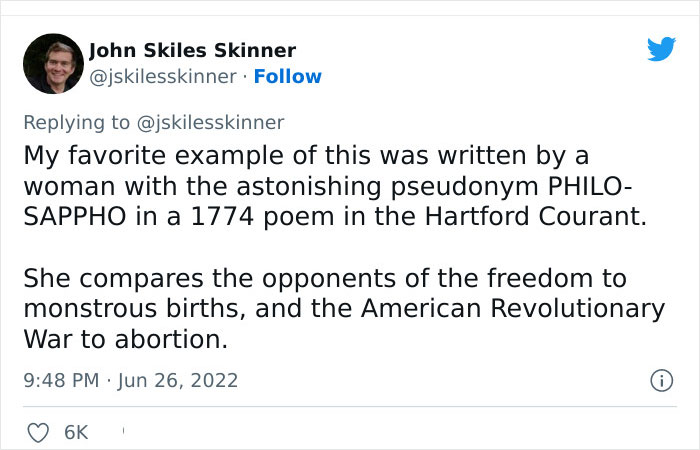
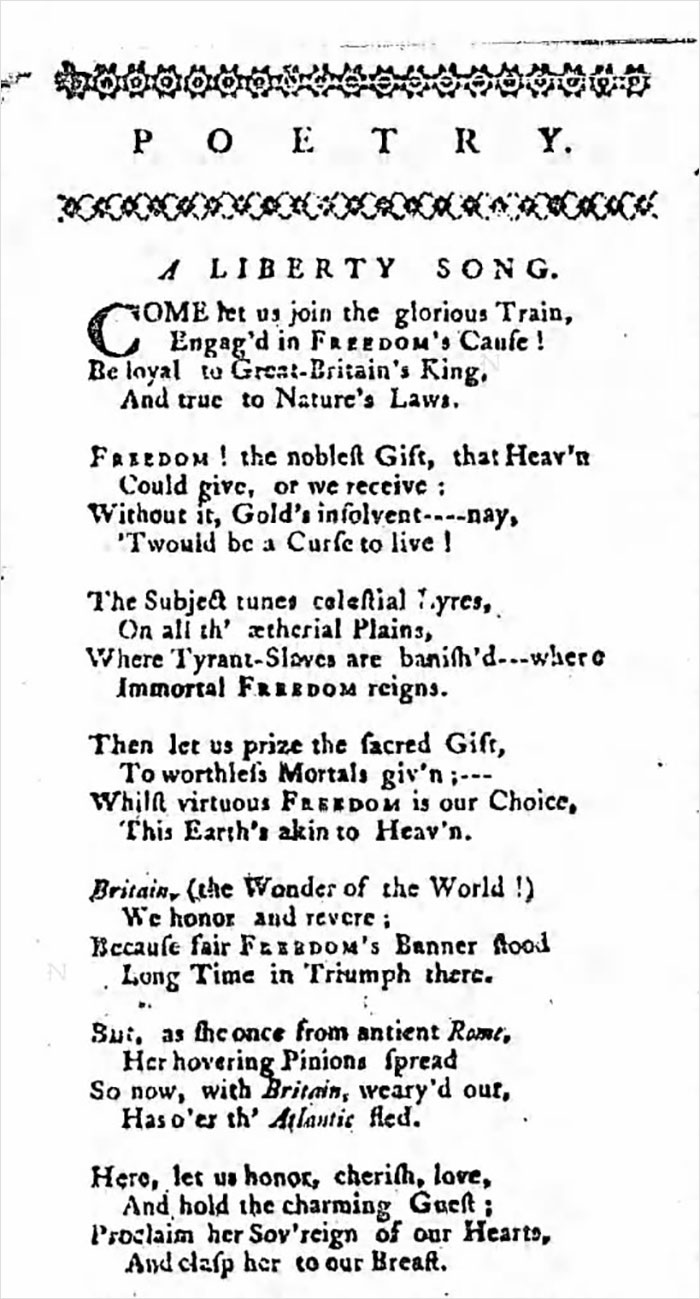
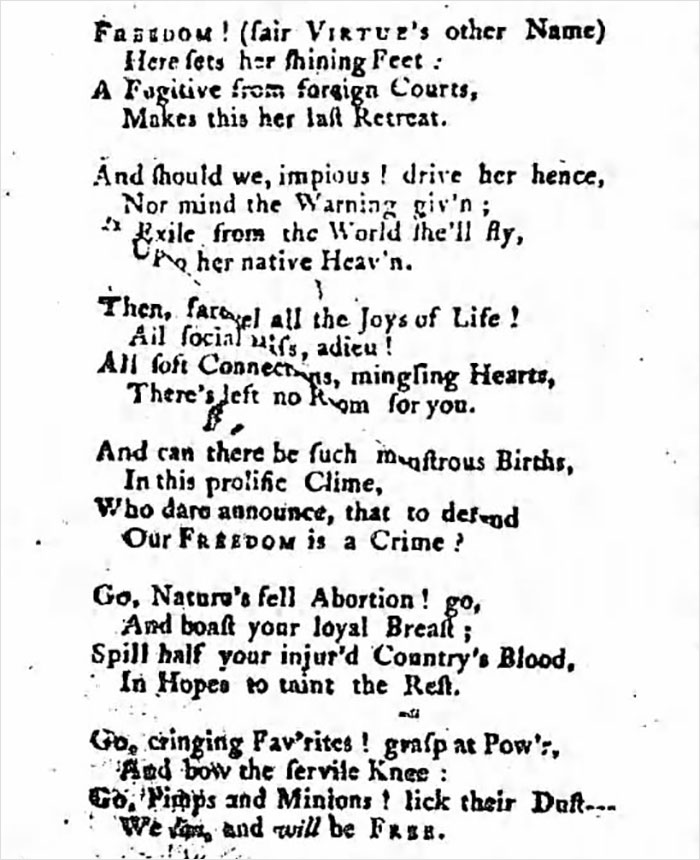
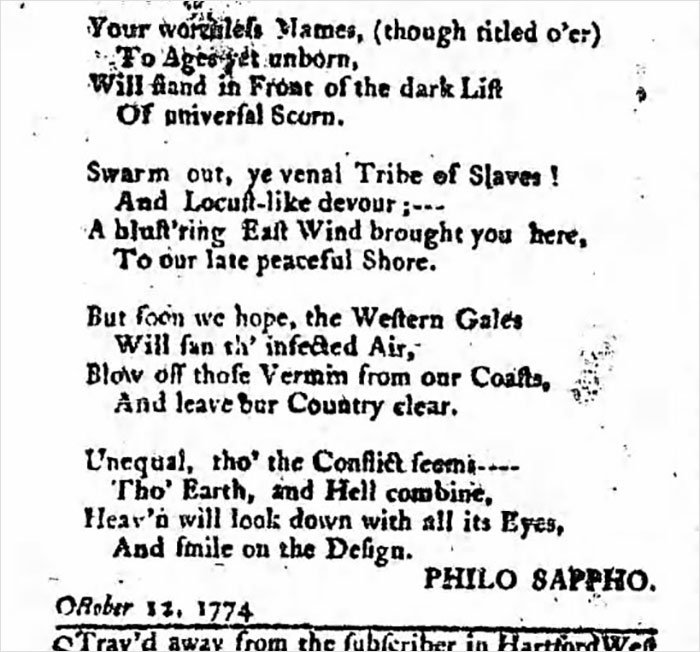

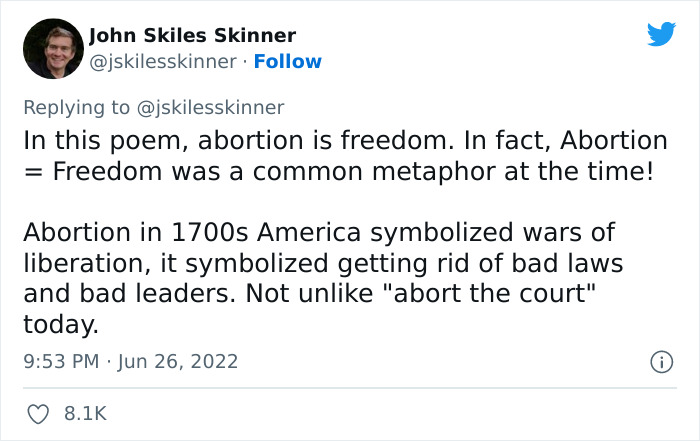
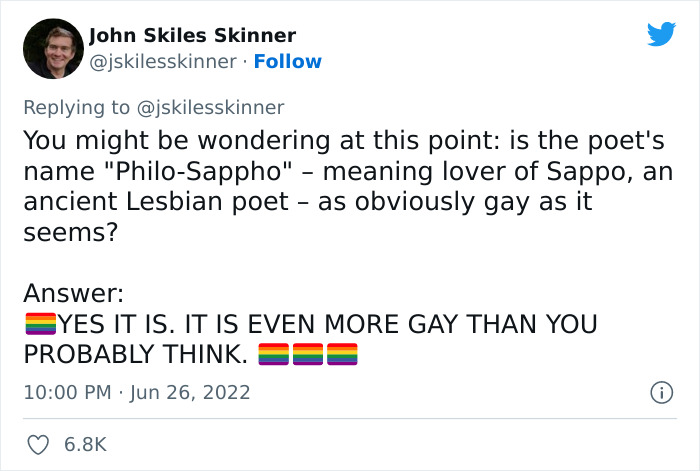
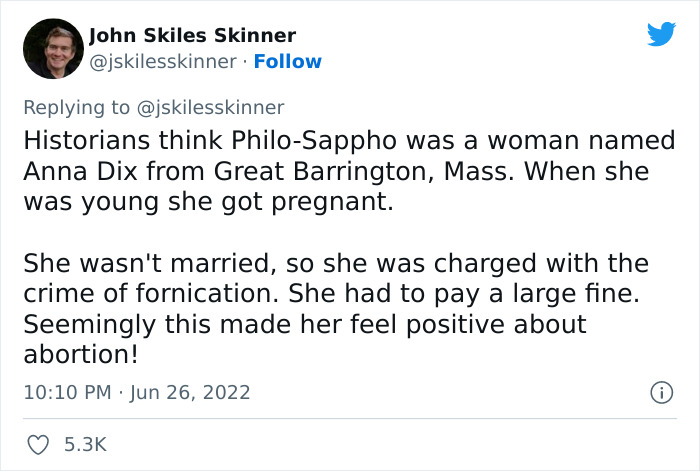
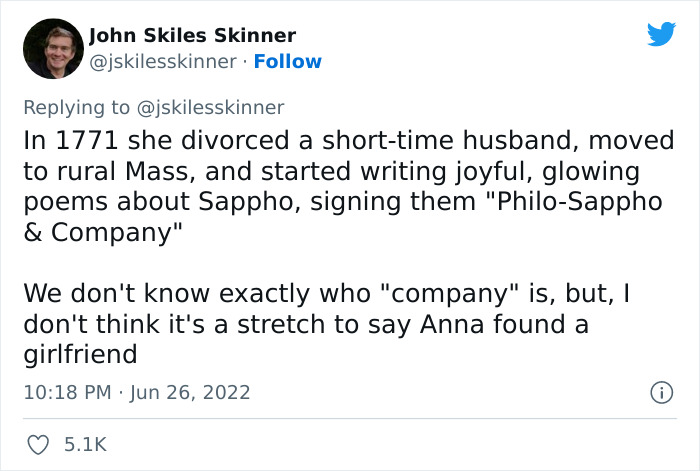
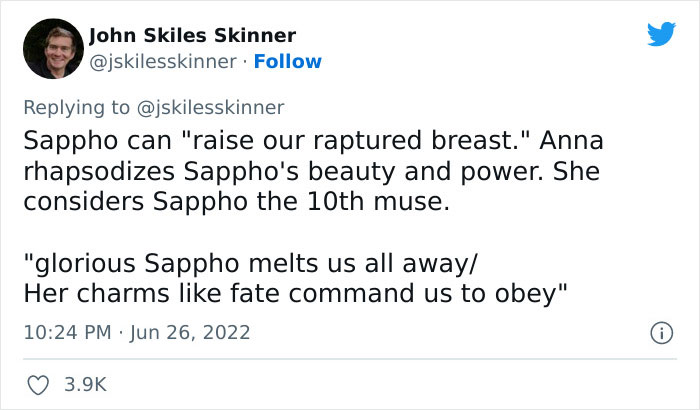
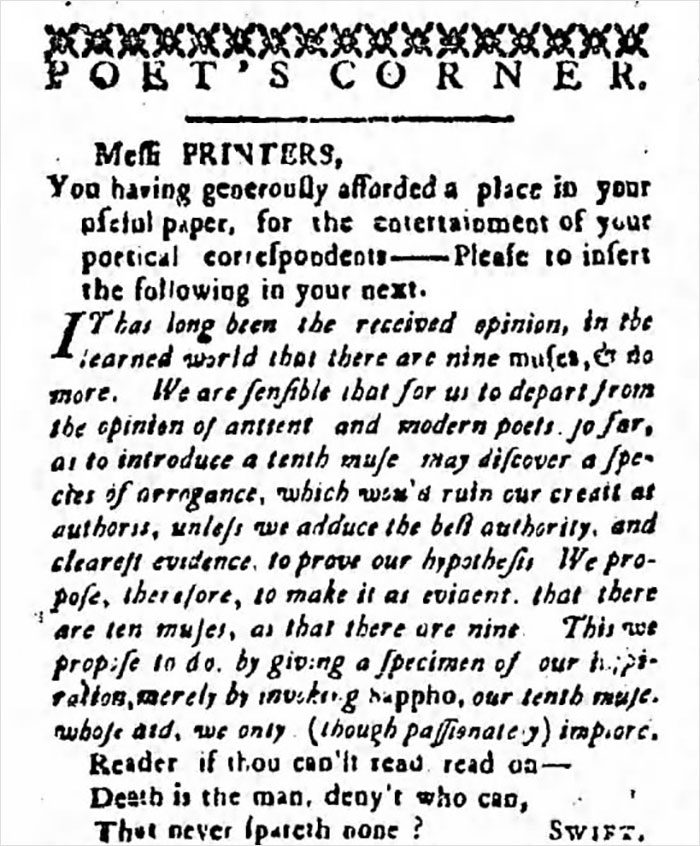
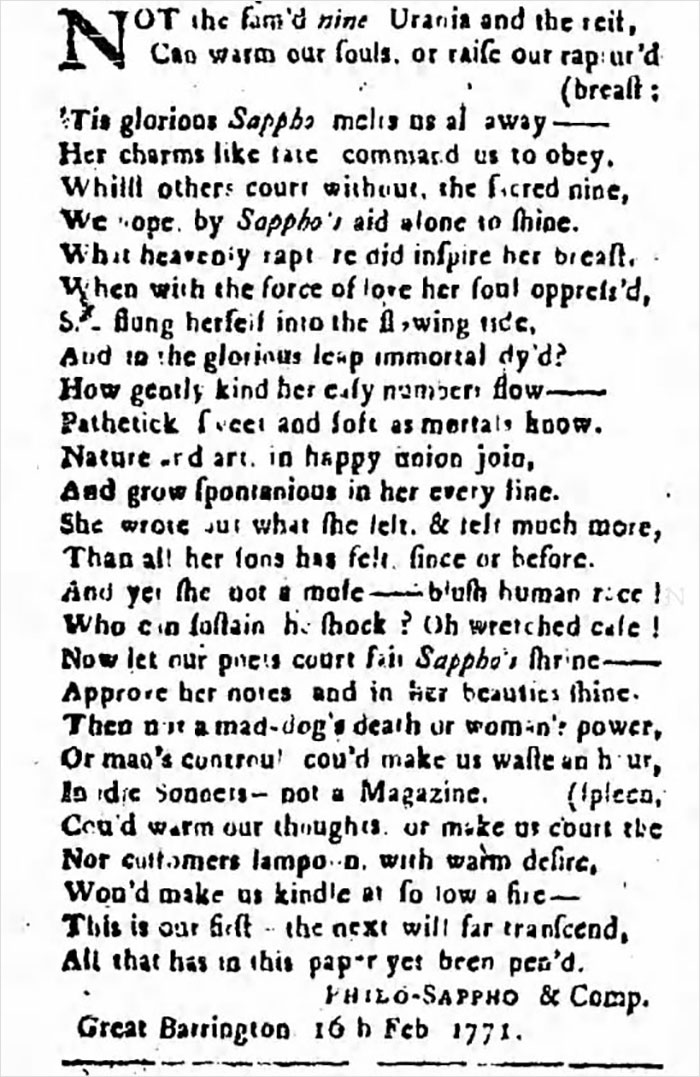
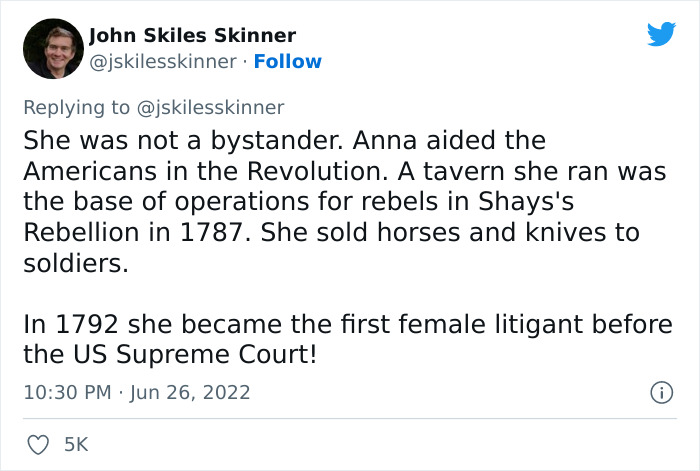
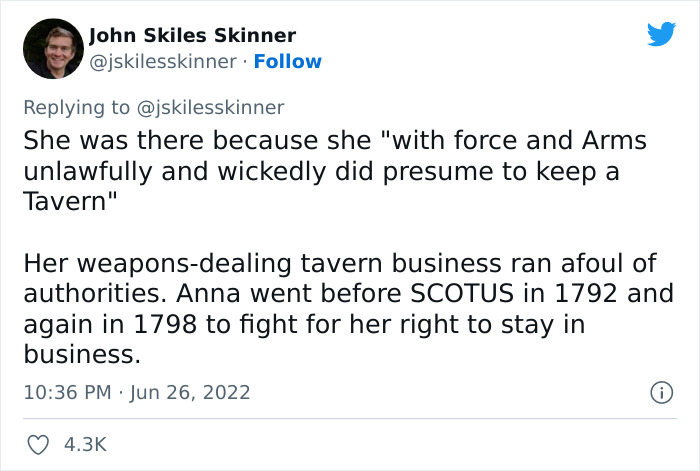
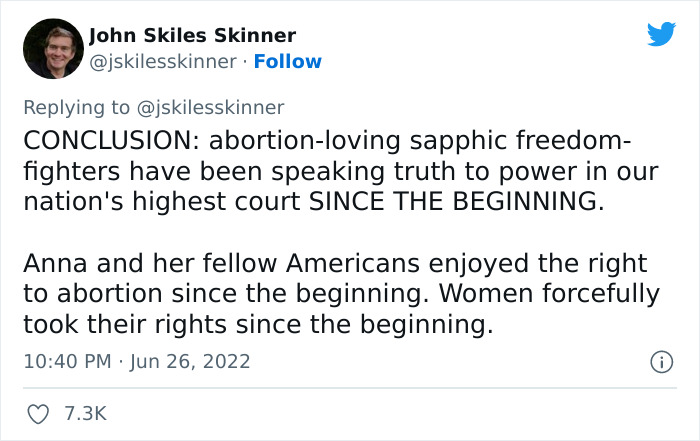
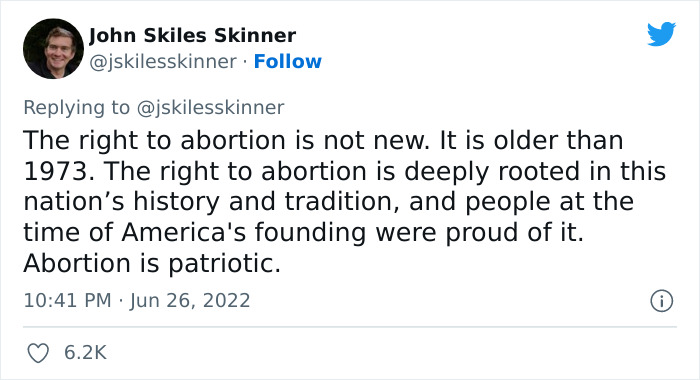
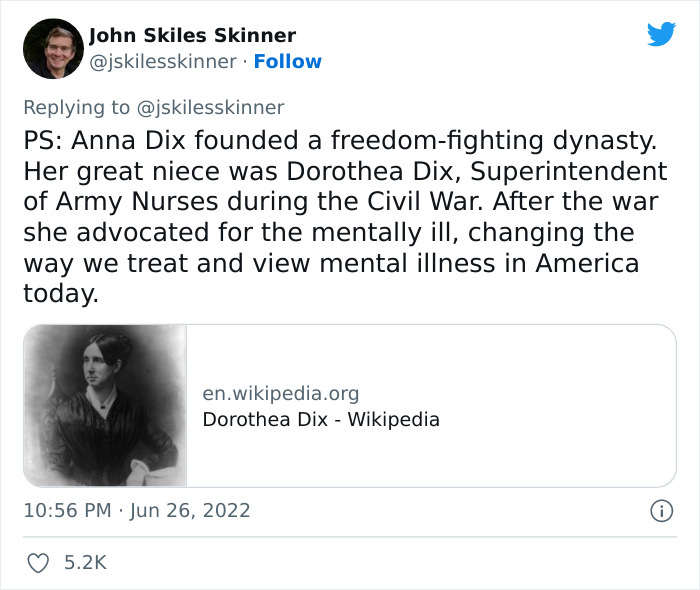
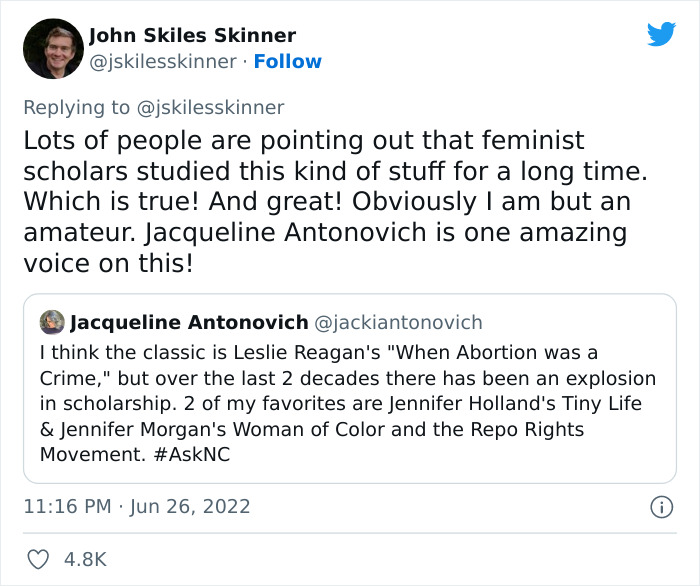
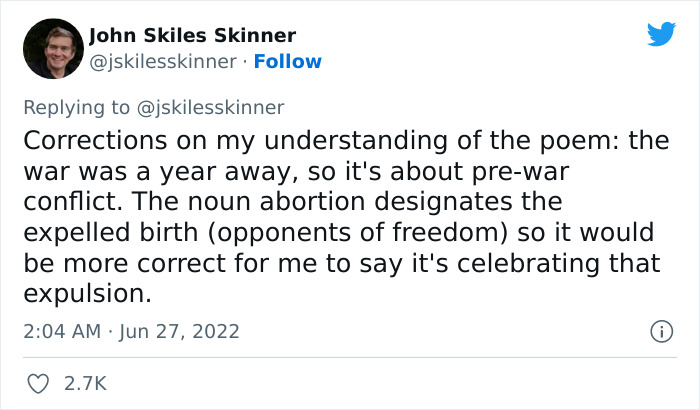
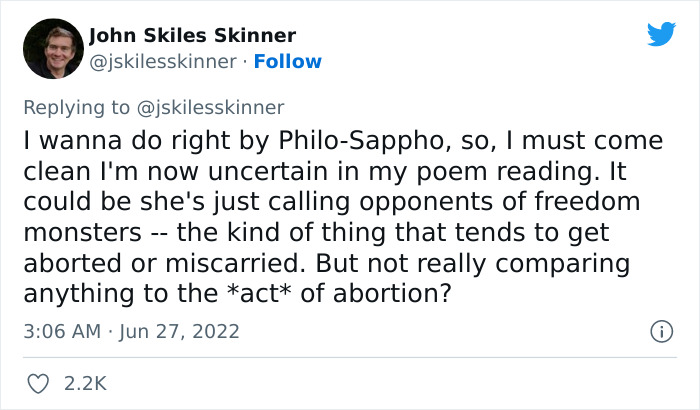
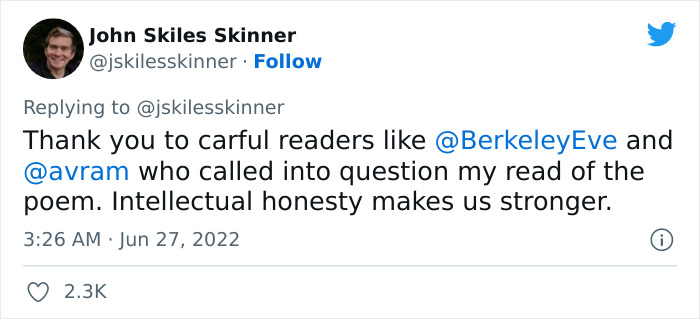
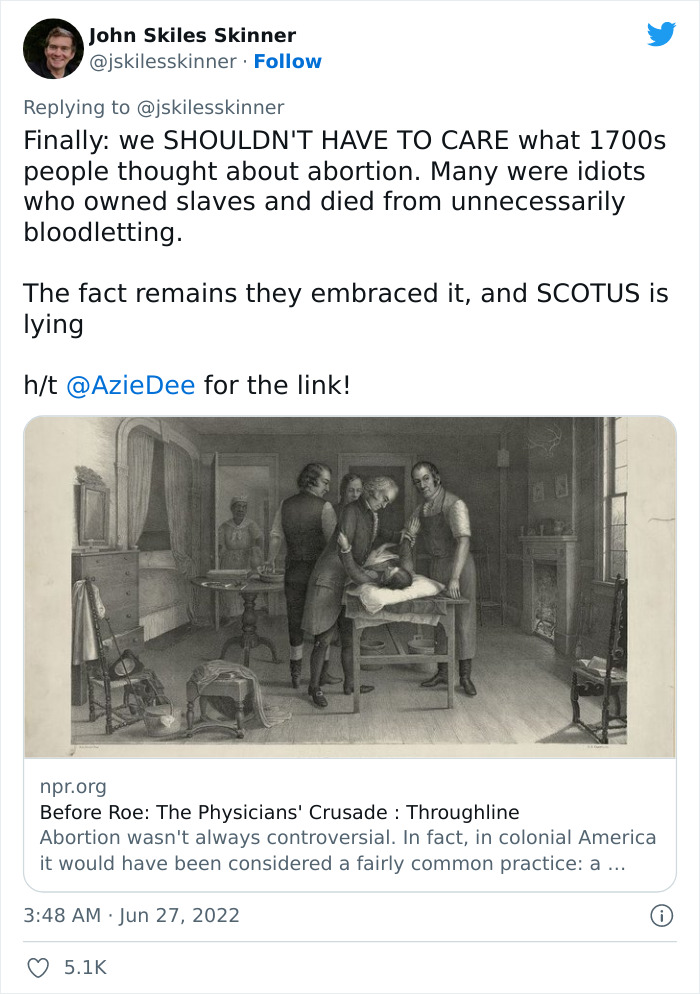












































166
108